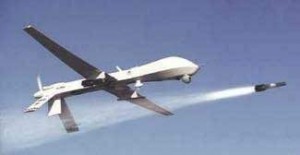Budget Cuts Haven’t Meant Prosecution Cuts Here, Santelle Says
In case any criminals reading this are hoping to avoid prosecution because budget cuts are reducing the reach of federal prosecutors, their hopes are ill-founded – at least for now, according to James Santelle, the U.S. Attorney for the eastern district of Wisconsin.
But down the road and even now in places other than eastern Wisconsin? Cutbacks in federal spending could and sometimes are translating into decisions not to prosecute cases, Santelle said.
Speaking Tuesday at an “On the Issues” session at Eckstein Hall, Santelle told Mike Gousha, the Law School’s distinguished fellow in law and public policy, that the staff he oversees in offices in Milwaukee and Green Bay, has been reduced from about 80 several years ago to about 70 now. More cuts may lie ahead, he said.
But so far, the reduction has been accomplished without affecting decisions on who to prosecute, Santelle said. That hasn’t been true in offices of US Attorneys in some places around the country, where decisions on matters such as “smaller” drug cases or white collar financial crimes are being shaped by whether the office has adequate resources. He said a $1 million bank fraud in some instances may be below the threshold a prosecutor has set for bringing a case to court, given practical limits on how much can get done.

